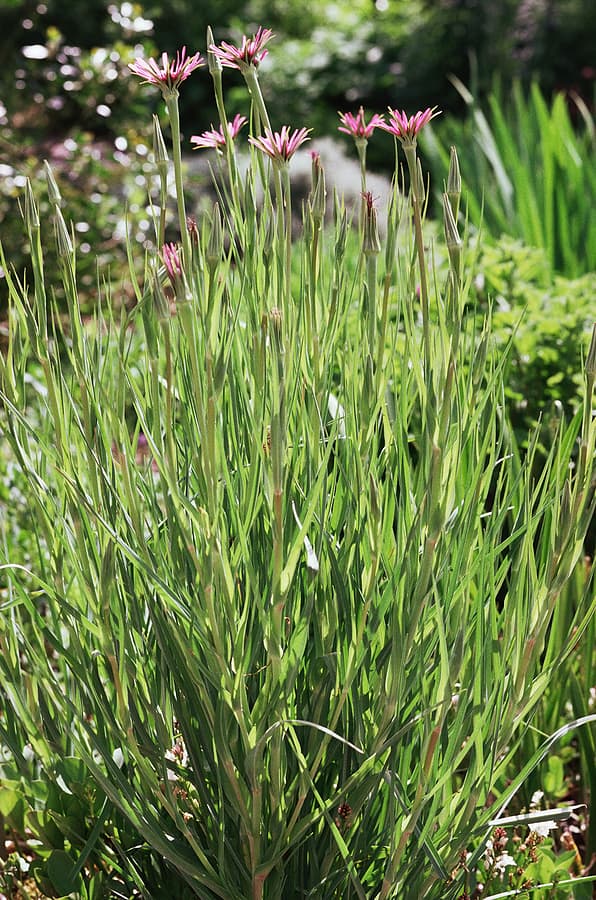Cucumber Beetle Organic Pest Control
The cucumber beetle is an oblong greenish-yellow beetle with black spots or stripes on its wing covers. The cucumber beetle is about ¼ inch long. Cucumber beetles feed mainly on members of the cucurbit family—cucumbers, melons, and squashes—and also asparagus, early beans, corn, eggplant, peas, potatoes, and tomatoes. They attack seedlings feeding on young shoots […] More












